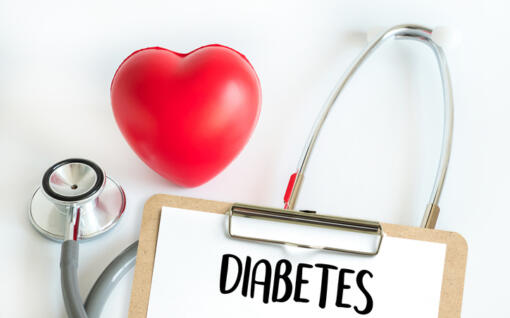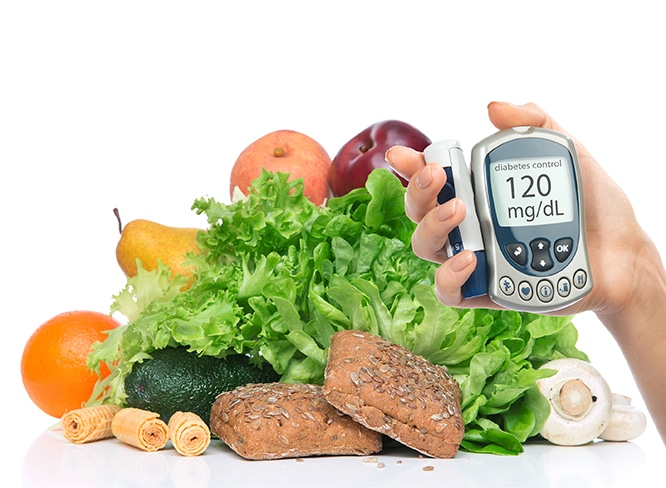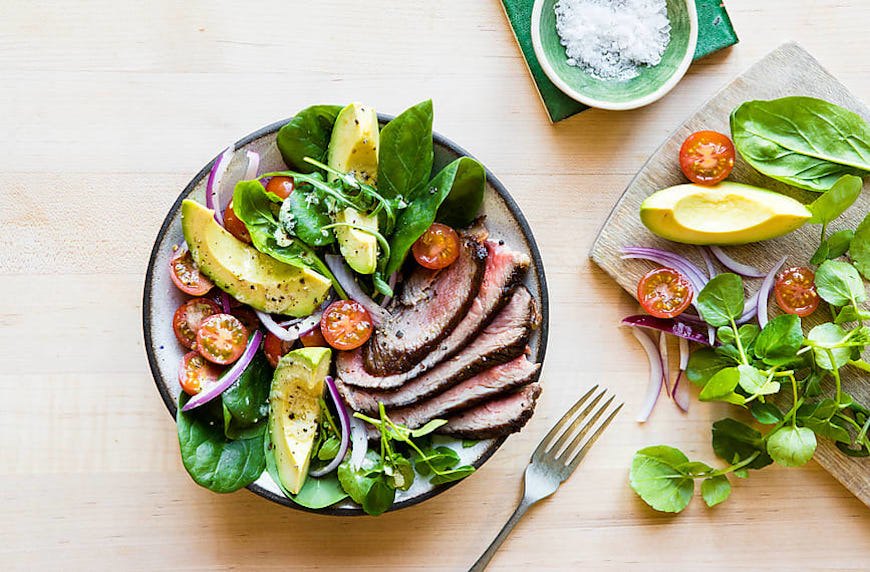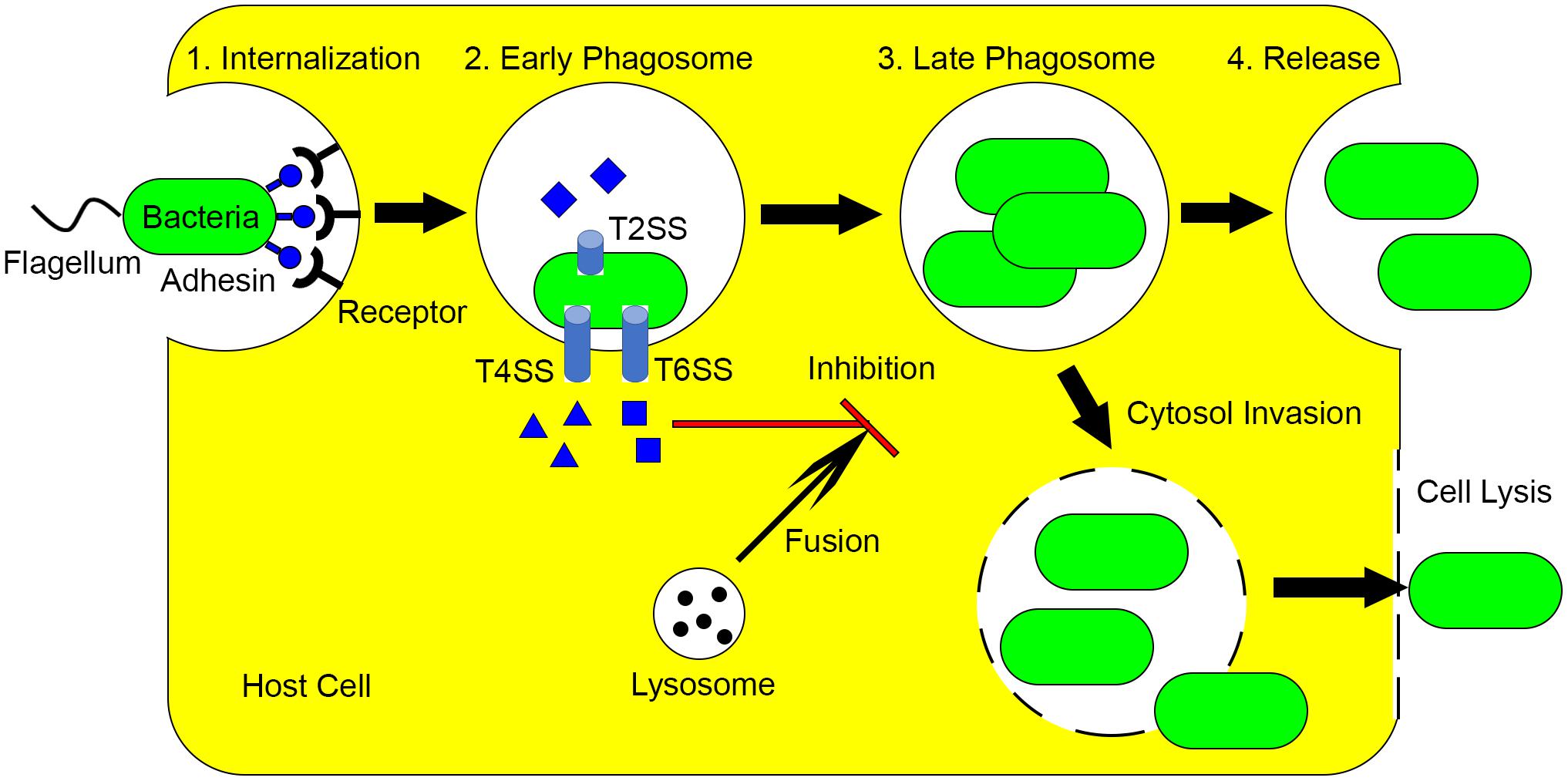Although food preferences are largely learned, dislike is the main reason parents stop offering or serving their children foods like vegetables. A new study demonstrated that repeatedly offering a variety of vegetables increased acceptance and consumption by children.
Dietary guidelines for vegetable consumption by young children have increased although actual consumption is low. This introduces an effective strategy for parents wanting to address this deficiency.
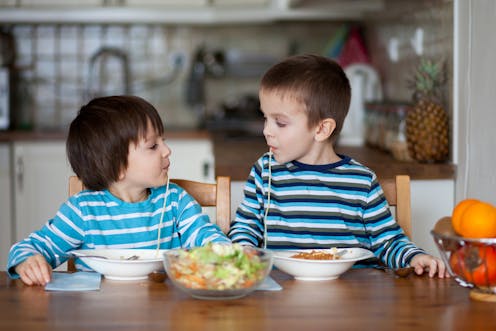
Dietary guidelines for vegetable consumption by young children have increased although actual consumption is low. This introduces an effective strategy for parents wanting to address this deficiency.
This study recruited 32 families with children between the ages of four and six where low consumption of vegetables was reported. Parents completed an online survey and attended an information meeting prior to participating. Three groups were created: children introduced to a single vegetable; children to receive multiple vegetables; and a group where eating habits were not changed.
Study data were collected in several ways: two dinner meals served at the research facility during which children could eat as much of the broccoli, cauliflower and green beans as they wished; changes to actual vegetables consumed at home, childcare or school recorded through food diaries; and parents reporting on usual vegetable consumption.

Strategies of offering vegetables were parent led and home based. Families introducing one vegetable served broccoli and families trying multiple vegetables served broccoli, zucchini and peas. Parents were provided with a voucher to purchase the vegetables and given instructions on portion size and cooking instructions along with tips on how to offer the vegetables. Children were served a small piece of vegetable three times a week for five weeks. A sticker was given as a reward to children trying a vegetable.
There was no difference between groups at the start of the study for any of the methods measured. The dinner meal, during which the children ate without parents present, did not increase consumption perhaps due to an unfamiliar setting. Vegetable acceptance increased for both the single and multiple vegetable groups during the intervention. Families that offered multiple vegetables recorded an increase in consumption from .6 to 1.2 servings, while no change in consumption was observed in families serving a single vegetable or families that did not change their eating habits. Increased acceptance for multiple vegetables was noted during the five weeks of the study and sustained at three-month followup. Following the study parents reported that offering the vegetables was "very easy" or "quite easy" with the majority following the instructions provided by the study.



